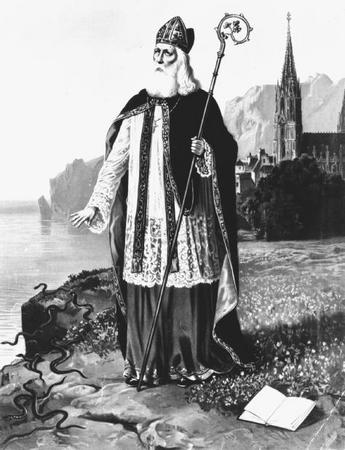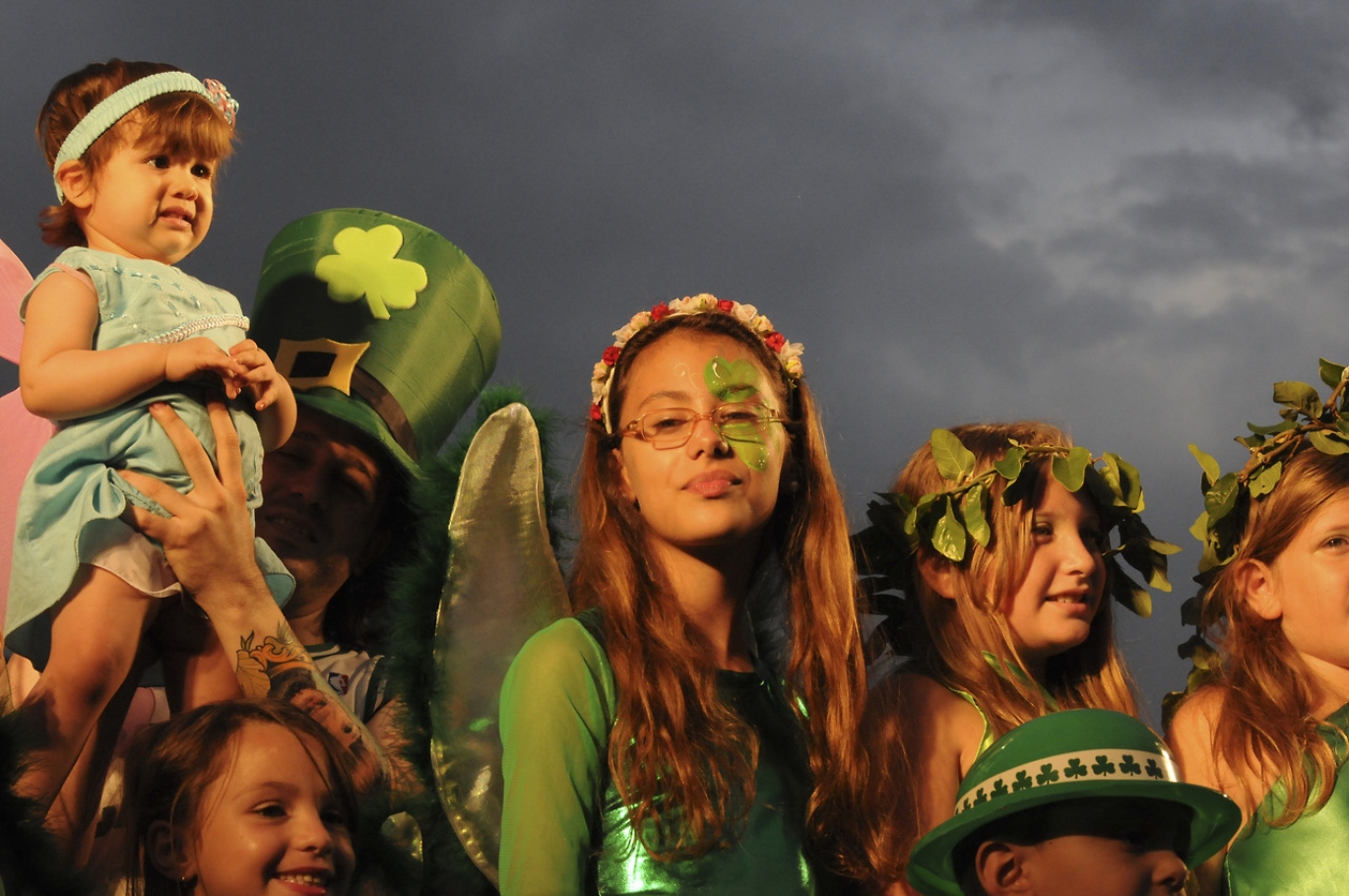We are all familiar with this time of year. Four leaf clovers, green leprechaun hats, green everything, and everyone is an honorary Irishman for one day.
But where did we get this holiday? The Irish certainly don't have a history of celebrating it the way we do.
March 17 is the Catholic feast day of Patrick, Patron Saint of Ireland, whose story should be familiar for you. The legend is that he lured the snakes out of Ireland forever (though the story is much more detailed than that). In reality, he was born in Roman Britain in the fourth century, kidnapped by Irish raiders, and taken as a slave in Ireland. He eventually returned to Britain, and later studied for the priesthood in Gaul, but ended up going back to Ireland to convert the pagan island to Christianity.
So how's that bring us to Chicago dying its river Green?
It started out with the parades, opens a new window. Boston held it's first St. Patrick's Day parade in 1737, and New York City saw its first in 1762. These events were originally put on by emigres from Ireland, who were not only longing for their homeland, but also seeking forms of unity and togetherness. This was particularly important in times of strife, when Irish immigrants were held in extreme disfavor by other Americans—themselves the descendants of immigrants—even when they were in positions of power. (Read more about Irish Immigration in the US.)
Much like everything else, the twentieth century led to severe commercialization. What was first an insular holiday among friends and relations became a spectacle of debauchery, and everyone started wearing green (did you know the color associated with St. Patrick was originally blue, opens a new window?) and eating corned beef and cabbage. What was once a feast day celebrating a joint pride in nationality and ancestry has become yet another day for everyone to overindulge. And it's not just here in America, either; there are celebrations of all hues of green in Ireland, Australia, Japan, even Brazil!
Erin go bragh.




